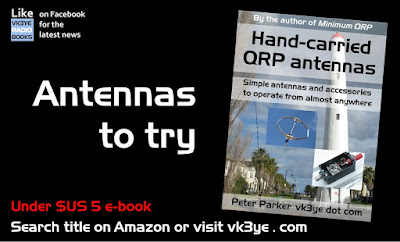Something I haven't yet built but have been thinking about. It's a simple front-end tuned circuit for a simple 80 and 40 metre receiver. I wanted just one inductor (actually a pre-wound RF choke) and easy band switching.
3.5 and 7 MHz are harmonically related. As a rough rule of thumb 10 uH requires 200 pF to resonate there. If you wanted to preserve the LC ratio then you'd use 100pF to resonate with 4.7 uH on 7 MHz. In other words double the frequency, halve both values.
What if you wanted to leave the 10 uH in and bring it to resonance on both bands? Then instead of doubling (or dividing by two) you'd need to multiply the capacitance by 4 (or divide by two). You can get away with this for adjacent bands but not if they were too far apart (eg a frequency ratio of 3 or more to 1).
In the case of 3.5 MHz and 10 uH you still need your 200 pF. For 7 MHz though as you're keeping the inductance the same you need a quarter the capacitance. That is 50 pF. If you only have 100 pF capacitors below is a possible scheme using a double pole double throw switch.
It took a little while to work out on paper. As you see it the tuned circuit is set to 7 MHz. You can tell that because the 100 pF capacitors are in series, giving 50 pF. Flick the switch the other way and the capacitors are in parallel, giving 200 pF.
This requires a double pole double throw switch. These may be more expensive than a single pole double throw or single pole single throw switch. If the latter type is all you have then you'll need to do something else. For example you could have a 47 pF capacitor permanently in the circuit to give a 7 MHz resonance. A 150 pF in parallel could be switched in for 3.5 MHz.
Another approach could have two capacitors in series (to give the lower capacitance) and a switch to short one of them to give the higher capacitance for 3.5 MHz. That's harder to work out (you'll need to use an online
calculator like this) but 180 in series with 68 pF will give 50 pF with no switch. Then if you short out the 68 pF you will get 180 pF for 3.5 MHz. If it's not quite enough then you might put 18 or 22 pF in parallel with the 180 pF (that will slightly but not very much raise the 50 pF mentioned before).
PS: Want to read more about antennas? Consider this selection of antenna books. They are affiliate links meaning that I receive a small commission (at no extra cost to you) if you decide to purchase.








